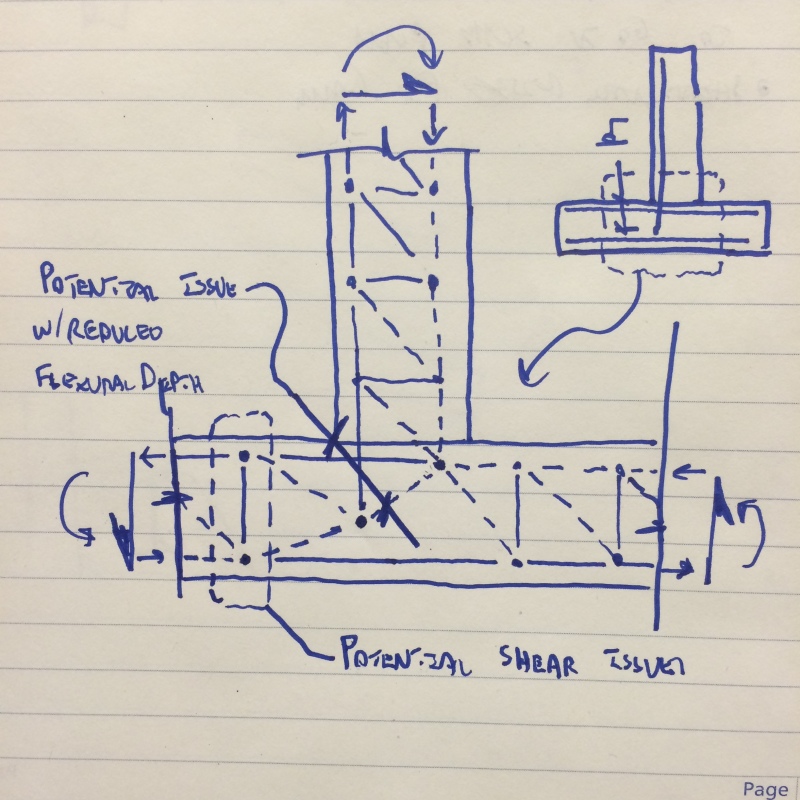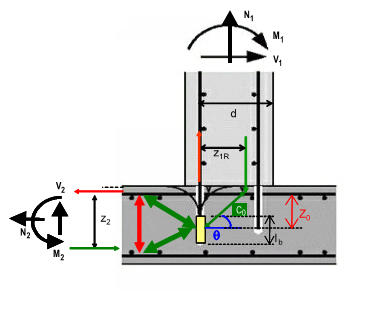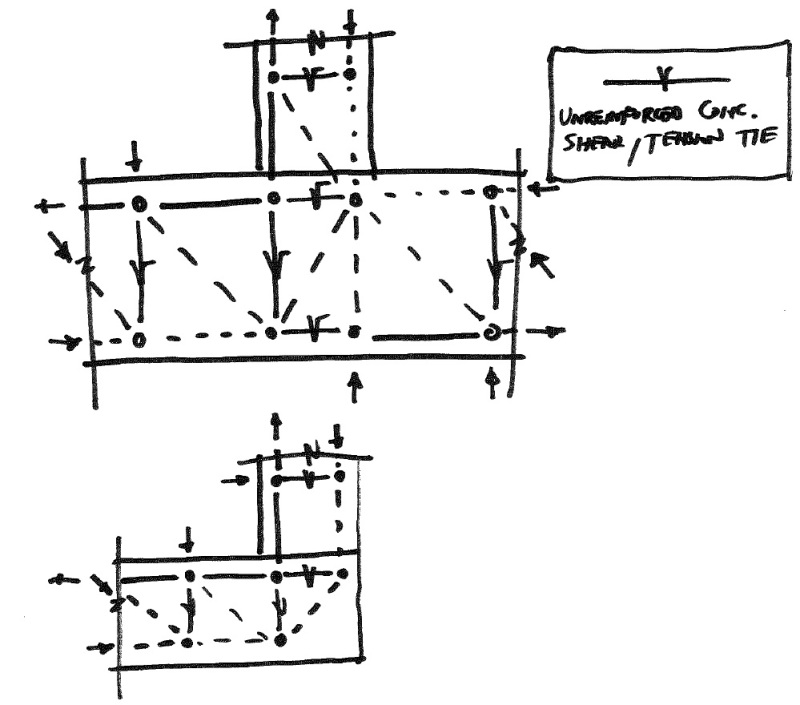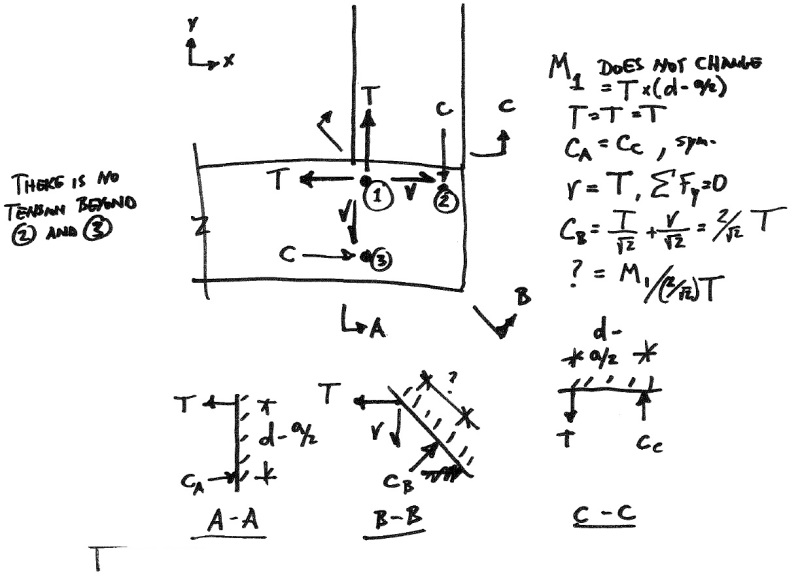-
2
- #1
CWEngineer
Civil/Environmental
- Jul 3, 2002
- 269
I am trying to get some clarification regarding the flexural reinforcement of the stem of a retaining wall into the footing.
Does the flexural reinforcement in the stem of a wall, need to be developed into the toe, such as show in Figure 1 of the attached document. Or is providing a standard hook (12db), sufficient, such as that show on Figure 2 of the attached document? If providing a standard hook is sufficient, can the hook be turned towards the heel?
Thanks in advance
Does the flexural reinforcement in the stem of a wall, need to be developed into the toe, such as show in Figure 1 of the attached document. Or is providing a standard hook (12db), sufficient, such as that show on Figure 2 of the attached document? If providing a standard hook is sufficient, can the hook be turned towards the heel?
Thanks in advance






